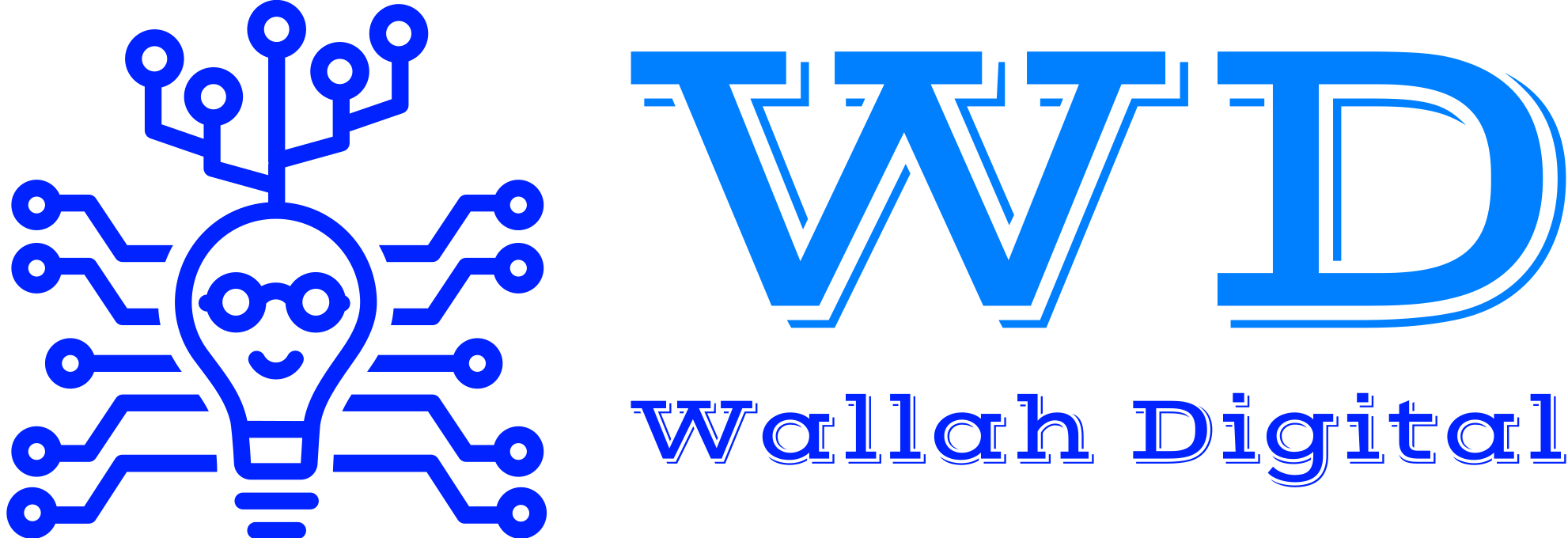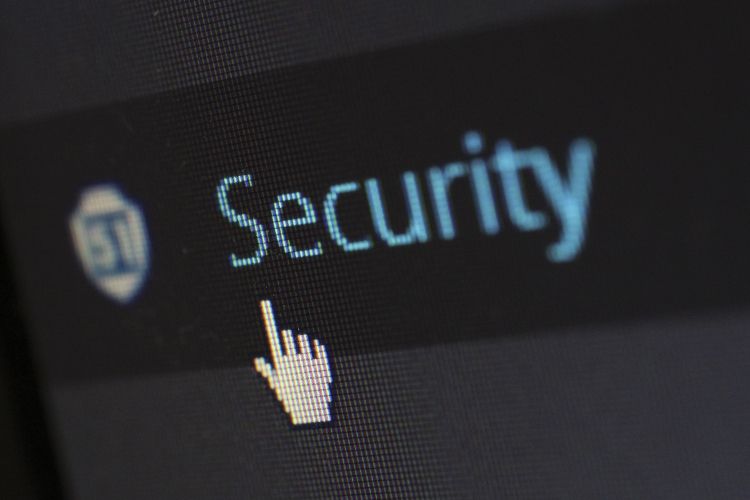In a world where our coffee makers talk to our controls and our refrigerators send us grocery lists, the Internet of Things (IoT) has woven a web of connectivity that spans our homes, workplaces, and beyond. While this interconnection has undoubtedly brought convenience and innovation, it has also opened the door to a new edge of challenges – cybersecurity in the age of IoT.
The Rise of the Internet of Things (IoT)
The IoT has transformed the way we live and work. From smart homes to industrial automation, connected devices have become integral to our daily lives. However, with great connectivity comes great responsibility, and ensuring the security of these interconnected devices is a pressing concern.
Understanding the Cybersecurity Landscape:
In the age of IoT, our devices are like nodes in a vast digital network. Each node, whether it’s a smartwatch or a smart city sensor, is a potential entry point for cyber threats. From data breaches to unauthorized access, the risks are diverse and evolving.
Imagine a scenario where a hacker gains access to your smart home network. Suddenly, your private conversations, daily routines, and even your security cameras become vulnerable. This isn’t just a hypothetical situation – it’s a real and present danger.
Securing the IoT Frontier:
So, how do we ensure cybersecurity in this brave new world of IoT? The key lies in proactive measures and a collective effort to fortify our digital landscape.
1. Device Security: Manufacturers play a pivotal role in ensuring that devices are built with security in mind. This includes robust authentication mechanisms, regular firmware updates, and encryption protocols.
2. Network Security: Securing the network is paramount. Implementing firewalls, intrusion detection systems, and regular network monitoring can help detect and prevent unauthorized access.
3. User Education: In this digital age, every user is a potential line of defense. Educating individuals about the importance of strong passwords, updating firmware, and recognizing phishing attempts can go a long way in fortifying the IoT ecosystem.
4. Regulations and Standards: Governments and regulatory bodies should play an active role in setting standards for IoT security. Compliance with these standards should be mandatory for manufacturers, ensuring a baseline level of security across all devices.
5. Collaboration: Cybersecurity is a collective effort. Industry players, government agencies, and users must collaborate to share threat intelligence and best practices. This collaborative approach can help anticipate and mitigate emerging threats.
Conclusion
As we continue to embrace the wonders of the IoT, the road ahead is both exciting and challenging. Cybersecurity is not a one-time fix; it’s an ongoing process that requires adaptability and vigilance.
In the age of IoT, our commitment to privacy and security must evolve as rapidly as the technology itself. By staying informed, advocating for best practices, and fostering a culture of cybersecurity, we can navigate this digital frontier with confidence, ensuring that the promises of the IoT are realized without compromising our security. After all, in this interconnected world, our strength lies in our shared responsibility to keep the digital realm safe and secure.

